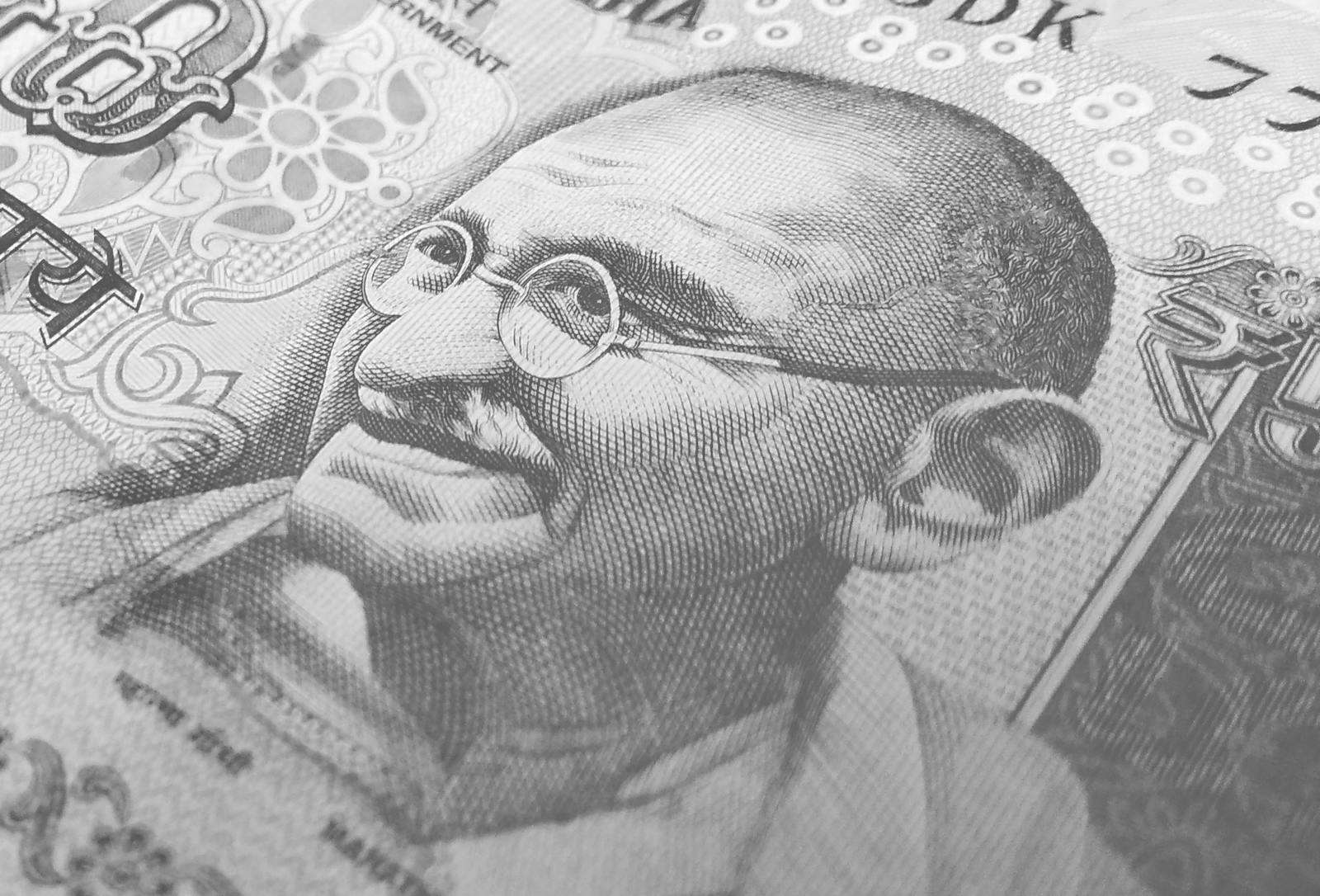Union Budget India 2025: Key Reforms & Economic Growth
The Union Budget India 2025, presented by Finance Minister Nirmala Sitharaman charts a transformative path toward India’s goal of a $5 trillion economy by 2026–27. Alongside increased allocations for infrastructure, agriculture, and green energy, the budget now emphasizes fiscal consolidation with a revised fiscal deficit target of 4.4% of GDP—a significant tightening from earlier projections. In addition, groundbreaking measures such as a “no income tax” threshold for incomes up to ₹12 lakh ease the tax burden on the middle class, while enhanced credit facilities for farmers and MSMEs, along with region-specific initiatives in Bihar underline the inclusive development agenda.
Key Highlights of Union Budget India 2025
- Overall Allocation:
The government has allocated a total of approximately ₹48.5 lakh crore ($580 billion)—a 12% increase over 2024. Sectoral allocations remain ambitious, with infrastructure receiving a disciplined capex target of about ₹10.18 lakh crore and substantial shares for rural welfare and defense. Learn more about these figures in the Reuters report (reuters.com). - Fiscal Discipline:
A key reform is the revised fiscal deficit target now set at 4.4% of GDP for FY25–26, underscoring a strong commitment to sustainable public finances. This tightening of fiscal policy is detailed in a Reuters article (reuters.com). - Tax Reforms:
The budget introduces several landmark tax measures:- The New Income Tax Regime now exempts incomes up to ₹12 lakh from tax liability, offering relief to middle-income earners.
- Other improvements include an increased standard deduction (now at ₹75,000) and a filing window extension for tax returns from 2 to 4 years.
- MSMEs benefit from a reduced corporate tax rate of 22%, and the GST structure is streamlined into a three-tier system (5%, 12%, and 18%). These changes are discussed in Livemint’s live update (livemint.com).
- Customs and Tariff Reforms:
To boost domestic manufacturing and exports, the government has:- Fully exempted 36 life-saving drugs and other critical inputs from basic customs duty.
- Reduced duties on items such as frozen fish paste from 30% to 5%, while certain consumer electronics like flat panel displays see a marginal increase. (m.economictimes.com)
Sector-Wise Allocation and New Initiatives
Infrastructure Development
The focus on infrastructure remains robust. The government is channeling investments into transport, energy, and digital sectors under a comprehensive National Infrastructure Pipeline (livemint.com), with an overall capex target now set at ₹10.18 lakh crore.
Agriculture and Rural Economy
Agriculture continues to be a pillar of the budget:
- An allocation of around ₹4.5 lakh crore supports reforms in MSP, FPOs, and PM-KISAN payouts (reuters.com).
- A new six-year mission aims at achieving self-reliance in pulses—focusing on crops such as tur, urad, and masoor—while the PM Dhan Dhany Krisihi Yojna will extend benefits to 100 districts, reaching approximately 1.7 crore farmers.
Regional Focus – Bihar
In a notable regional push, several measures target Bihar:
- The government will establish a National Institute of Food Technology in Bihar to boost food processing and generate youth employment.
- A dedicated Makhana Board will improve production, processing, and marketing in the state.
- Expansion of educational infrastructure includes additional facilities in five IITs, notably an expanded IIT Patna campus.
- A modified UDAN scheme will enhance regional connectivity with 120 new routes and increased passenger capacity, including the facilitation of greenfield airports in Bihar. These regional initiatives underscore the government’s aim to ensure balanced development across all regions (hindustantimes.com).
MSMEs and Startups
To bolster the backbone of India’s economy:
- The government is launching a fund-of-funds for startups with a ₹10,000 crore contribution.
- Customized credit cards for micro-enterprises will be introduced with a ₹5 lakh limit.
- Additionally, MSME credit guarantee coverage is being enhanced from ₹5 crore to ₹10 crore to further boost their growth and competitiveness.
Power and Nuclear Energy
In the energy sector:
- The Green Hydrogen Mission commits ₹25,000 crore toward achieving 500 GW of renewable energy by 2030.
- A new Nuclear Energy Mission is set to develop at least 100 GW of nuclear power by 2047, supported by dedicated R&D funding for Small Modular Reactors (SMRs).
Economic Growth and Market Reactions
Despite being the fastest-growing large economy, recent estimates project a slowdown—with GDP growth expected to be around 6.4%, the slowest in four years. This moderating outlook, combined with proactive fiscal consolidation measures, is anticipated to stabilize the economy over the medium term. Meanwhile, initial market reactions indicate some short-term volatility as investors adjust to changes such as increased capital gains taxes.
Conclusion
The Union Budget India 2025 not only reinforces fiscal discipline—with its revised deficit target of 4.4%—but also lays out a comprehensive roadmap for stimulating growth through transformative tax measures, robust infrastructure investment, and targeted initiatives in key sectors such as agriculture and regional development. With a special spotlight on regions like Bihar and significant reforms for MSMEs, the budget aims to drive inclusive development and innovation. Despite short-term market adjustments, these measures are expected to underpin long-term economic resilience and set India firmly on the path to becoming a $5 trillion economy.
FAQ’s
| Question | Answer |
|---|
| Q1: How does the new income tax reform benefit taxpayers? | Under the new regime, individuals earning up to ₹12 lakh are exempt from paying income tax. Additionally, a higher standard deduction and an extended filing period (from 2 to 4 years) simplify compliance. |
| Q2: What is the revised fiscal deficit target? | The fiscal deficit is now targeted at 4.4% of GDP, underscoring the government’s focus on fiscal prudence. |
| Q3: What specific initiatives have been announced for Bihar? | The budget includes region-specific measures for Bihar, such as establishing a National Institute of Food Technology, creating a Makhana Board to support local farmers, expanding IIT Patna, and launching a modified UDAN scheme to enhance regional connectivity. |
| Q4: What customs duty reforms are included in the budget? | The government fully exempts 36 life-saving drugs from basic customs duty, reduces the duty on frozen fish paste from 30% to 5%, and exempts raw materials for ship manufacturing, while increasing duties on select items like flat panel displays to manage duty inversion. |
| Q5: Are there any new initiatives for MSMEs and startups? | Yes. The government is launching a fund-of-funds for startups with a ₹10,000 crore contribution, introducing customized credit cards for micro-enterprises with a ₹5 lakh limit, and enhancing credit guarantee coverage for MSMEs from ₹5 crore to ₹10 crore. |









